How Do Electric Bikes Work?

Ebikes are taking the world by storm! They're a fantastic way to zip around town, conquer hills with a smile, and experience the joy of cycling with a little extra boost.
But how do electric bikes work? Don't worry, it's not all about confusing wires and cryptic technology. The short answer is that e-bikes harness electrical power to propel the bicycle forward, though the reality involves a tad more complexity – let's take a fun and informative dive into the amazing world of e-bike technology!

The Heart of the E-Bike: The Electric Motor
At the core of every e-bike lies its electric motor, which converts electrical energy into mechanical energy, aiding in the rotation of the bicycle's wheels. There are typically three spots where manufacturers might install the motor: within the front or rear hubs, or centrally located on the bike.
Fucare equips its entire range with a powerful 750-watt brushless rear hub motor. Nestled discreetly within the rear wheel, this motor seamlessly integrates with the existing gears of your bicycle. This placement offers a distinct advantage: it enhances traction and overall handling. Because the motor works in tandem with the gearing system, it delivers a more natural riding experience.
Imagine cruising along on your Fucare e-bike. As you engage the motor's assistance, you'll feel a gentle yet propelling force urging you forward. This sensation, often described as a subtle "push" from behind, is a hallmark of rear hub motors.
Powering the Ride: The Battery

The battery is another critical component, providing the electricity that powers the motor. Modern e-bikes typically use lithium-ion batteries due to their high energy density, long life, and lightweight nature.
Factors like battery capacity (measured in watt-hours or Wh), voltage, and the quality of the cells determine the bike's range and overall performance. At Fucare, our Libra (960Wh) models provide 30-60 miles per charge while our larger batteries (1200Wh) can deliver 40-90 miles between charges.
The Gemini series is powered by dual 48V 15Ah batteries (30Ah total), ensuring stability, reliability and peace of mind. The Gemini series has a driving range of 45-120 miles after a full charge, ensuring strong and stable power output. Experience a worry-free journey with seamless power performance.
On Fucare's e-bikes, the battery is located between the bike's unique frames.
Control at Your Fingertips: The Controller

Now for the fun part – how do you control the electric assist? Most e-bikes use a network of sensors and a controller to manage this. Each Fucare electric bike comes with a user-friendly control positioned right on the handlebars. When it comes to the control mechanisms, there are primarily two types: those activated by pedaling and those operated by a throttle.
Imagine the pedal assist as an invisible helping hand. When you engage the pedals, the pedal-activated system senses your effort and provides a proportional electric boost. This means that the harder you pedal, the more assistance you get. The control panel on the handlebars allows you to adjust the level of support, from a gentle push to a significant thrust, depending on your needs and preferences.
On the other hand, throttle controls work much like those on a motorcycle. Depending on the design, you might find a twist-grip or a thumb-press throttle on your e-bike. Engaging the throttle sends a signal to the motor to power up, allowing you to glide forward without pedaling. It's worth noting that, due to legal restrictions in certain regions, the throttle mode might have a capped speed or be altogether disabled to ensure e-bikes remain within the legal definition of bicycles and not motorbikes or mopeds.
In the United States, the Consumer Product Safety Act of 2002 sets the groundwork for how e-bikes are classified. This federal legislation lays out the definition of a low-speed electric bicycle, which ultimately dictates the speed limitations. Depending on the class of your e-bike, you might be looking at a maximum speed of 20 or 28 miles per hour with motor assistance.
But here's where things get interesting – individual states have the authority to further define what constitutes an electric bicycle within their borders. This means it's crucial to familiarize yourself with your state's specific e-bike laws. Some states might have additional regulations regarding the operation of certain e-bike classes, including restrictions based on rider age.
Let's delve into the three e-bike classes to understand the distinctions:
- Class 1 E-bikes: These bicycles provide a helping hand to the rider while they pedal, with motor assistance cutting off at 20 mph.
- Class 2 E-bikes: This class offers a twist-throttle option, allowing riders to propel the bike solely with the motor, again, up to a maximum speed of 20 mph.
- Class 3 E-bikes: These are the speed demons of the e-bike world, offering motor assistance up to 28 mph – but only when the rider is actively pedaling.
Could I Still Pedal the Bike Without Assistance From the Motor?
Absolutely, though it can vary with the bike. Even if the battery runs out, these bikes can still be pedaled like any traditional bicycle. However, two main factors can affect how easy or hard this might be: the bike's weight and the type of motor it has.
Some e-bike motors are always engaged, even when not powered on, which can make pedaling feel a bit more resistant, similar to cycling uphill. Other motors disengage completely when turned off, so pedaling feels as light and easy as on a regular bike.
Weight is another big consideration. Pedaling a lighter e-bike, say around 35 pounds, without motor assistance isn't usually too difficult. But if you're dealing with an e-bike that weighs around 80 pounds, pedaling without the motor's help can feel like a serious workout due to the extra weight.
For those looking to mix in some exercise with their rides, a pedal-assist e-bike could be the perfect fit. These bikes provide motor assistance in proportion to how hard you pedal. With a lower assist setting, it's like biking on your best day, full of energy. Crank up the assist, and suddenly you're powering through your ride with superhuman strength. You can adjust the assistance level and your own effort to either glide effortlessly to your destination or challenge yourself for a more intense workout.
Charging Up Your E-Bike Adventure
E-bike batteries are conveniently rechargeable, just like your phone or laptop. Most can be charged at home using a standard outlet, and a full charge can provide a range of anywhere from 20 to 100 miles, depending on the battery size and how much assist you use.
However, not everyone has the convenience of charging their bike at home, especially those living in upper-story apartments without elevators, or without access to a suitable charging spot on the ground level or basement. In such scenarios, public charging stations become a game-changer, similar to the ones you see for electric vehicles.
As we steer towards a new era of urban mobility, local governments, businesses, and communities are increasingly investing in public e-bike charging facilities. These are strategically located near commercial areas or workplaces to offer convenience. Here, you can securely park your bike and plug it in using the provided cables. The cost of recharging an e-bike is relatively minimal, approximately 20 cents for a 300-watt-hour battery, making it both an eco-friendly and economical choice.
Ready to Experience the E-Bike Revolution?
Delving deeper into how do electric bikes work reveals a layer of complexity beyond the basics. In essence, the rider manages the flow of electricity from a lithium-ion battery to a motor located in the bike's hub. This motor then converts the electrical energy into mechanical energy, propelling the bike forward.
E-bikes offer a fun, healthy, and eco-friendly way to get around. Now that you have a basic understanding of how they work, you're ready to explore the exciting world of e-bikes! So, what are you waiting for? Get out there, experience the thrill of the ride, and discover the joy of electric cycling!
Continue reading

How To Choose E-bikes For Seniors?
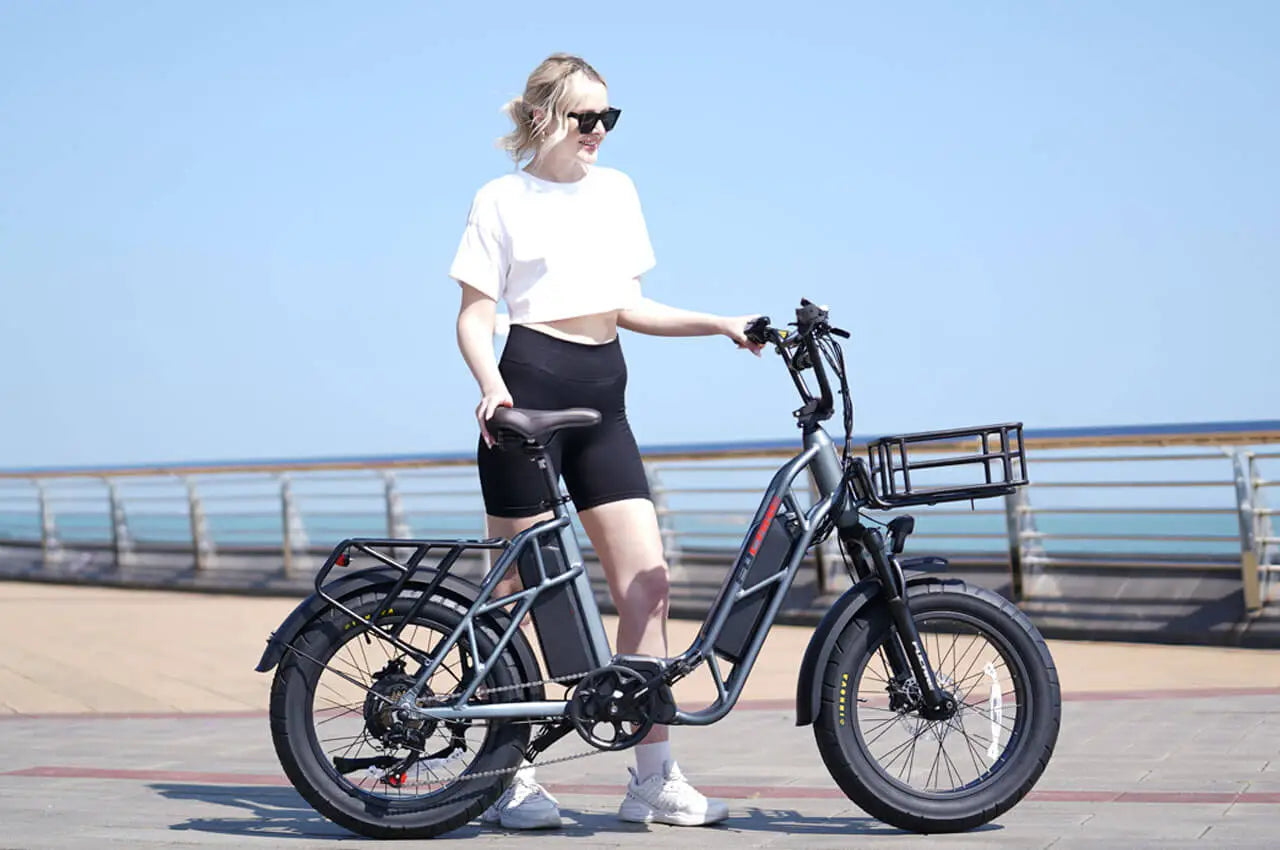





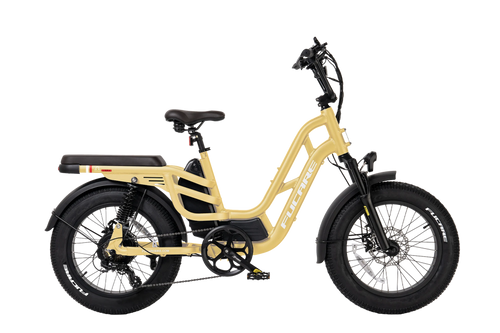
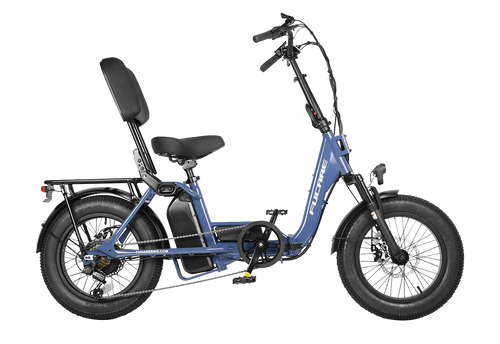
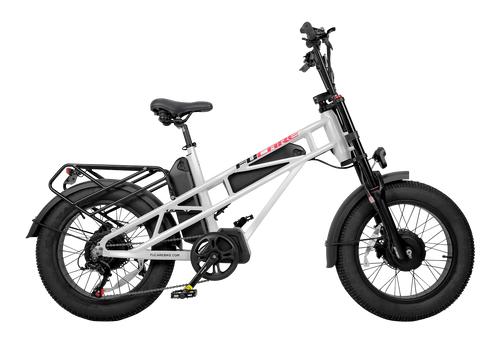
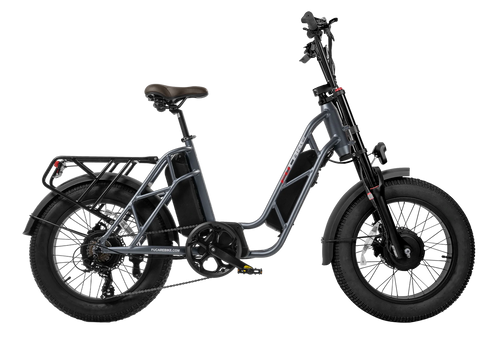
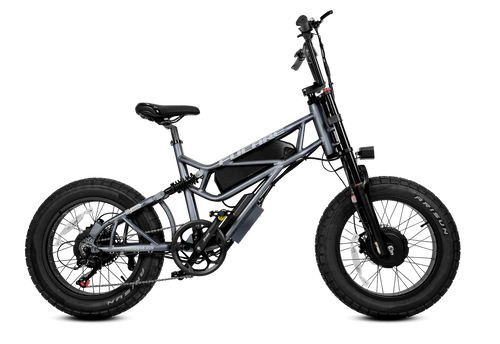


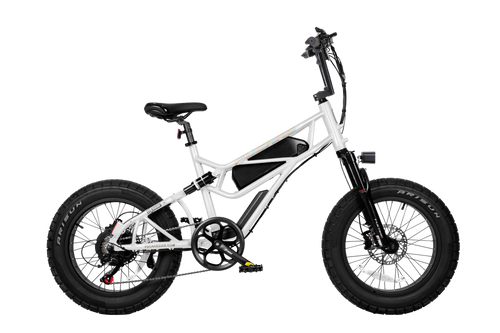



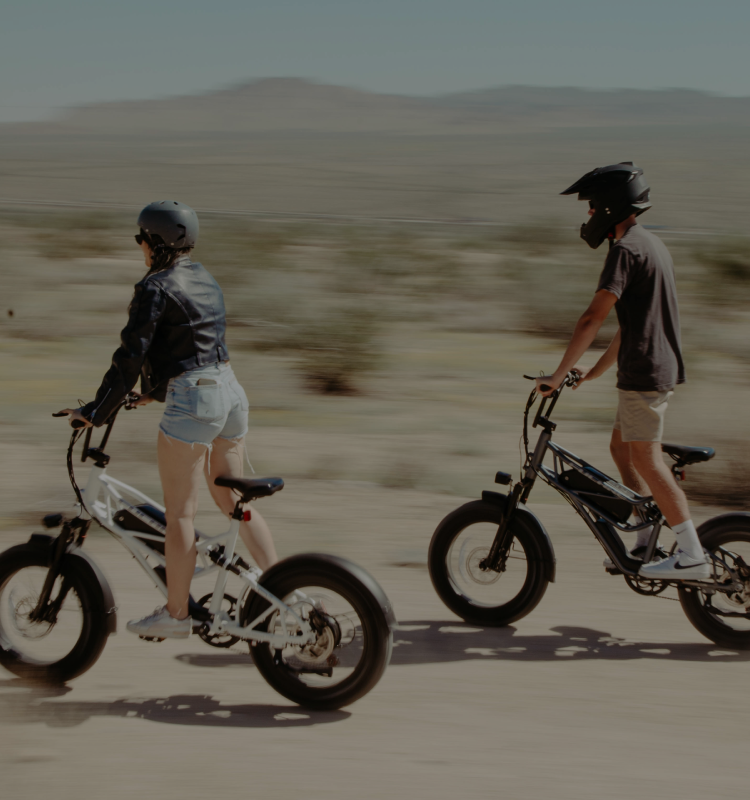
1 comment
Joseph
Hi, I am interested to buy one of those dual motor double removable batteries.
Hi, I am interested to buy one of those dual motor double removable batteries.